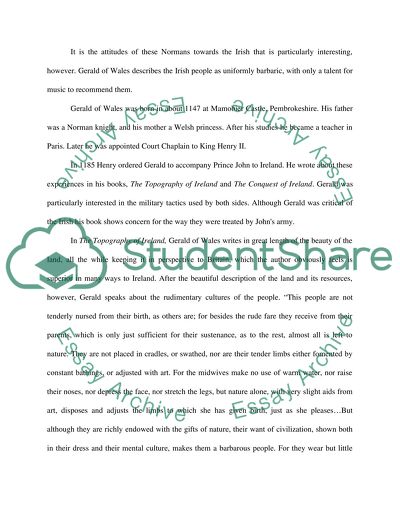Cite this document
(“Concepts of Irish Essay Example | Topics and Well Written Essays - 1000 words”, n.d.)
Retrieved from https://studentshare.org/history/1526919-concepts-of-irish
Retrieved from https://studentshare.org/history/1526919-concepts-of-irish
(Concepts of Irish Essay Example | Topics and Well Written Essays - 1000 Words)
https://studentshare.org/history/1526919-concepts-of-irish.
https://studentshare.org/history/1526919-concepts-of-irish.
“Concepts of Irish Essay Example | Topics and Well Written Essays - 1000 Words”, n.d. https://studentshare.org/history/1526919-concepts-of-irish.


